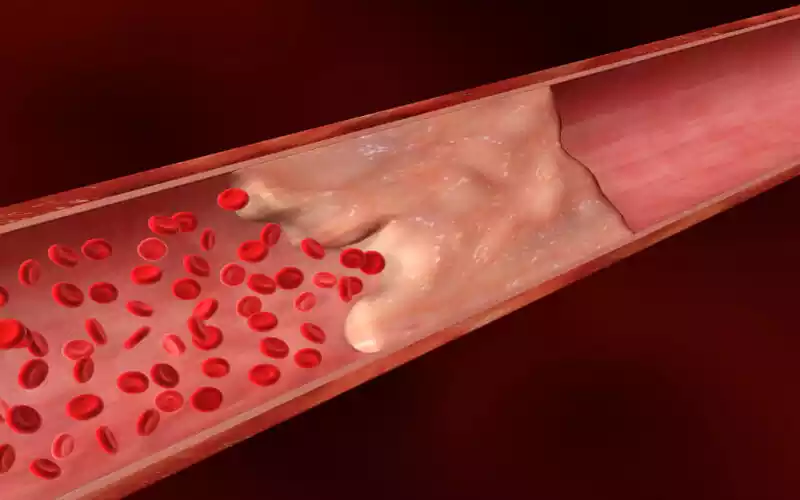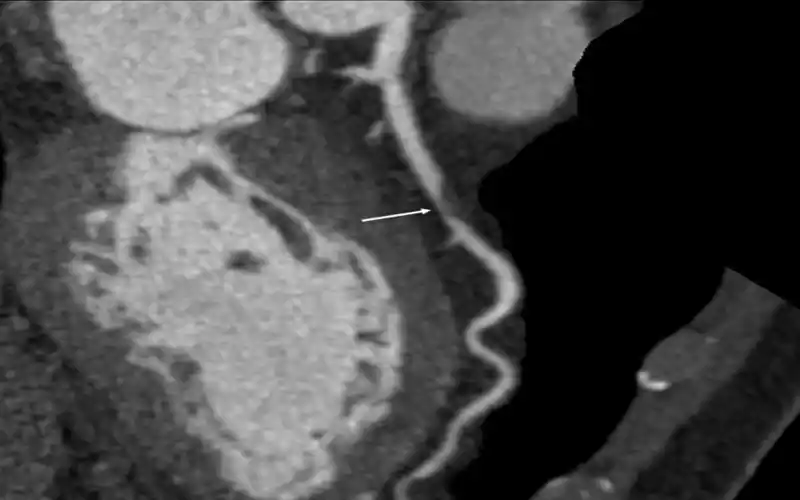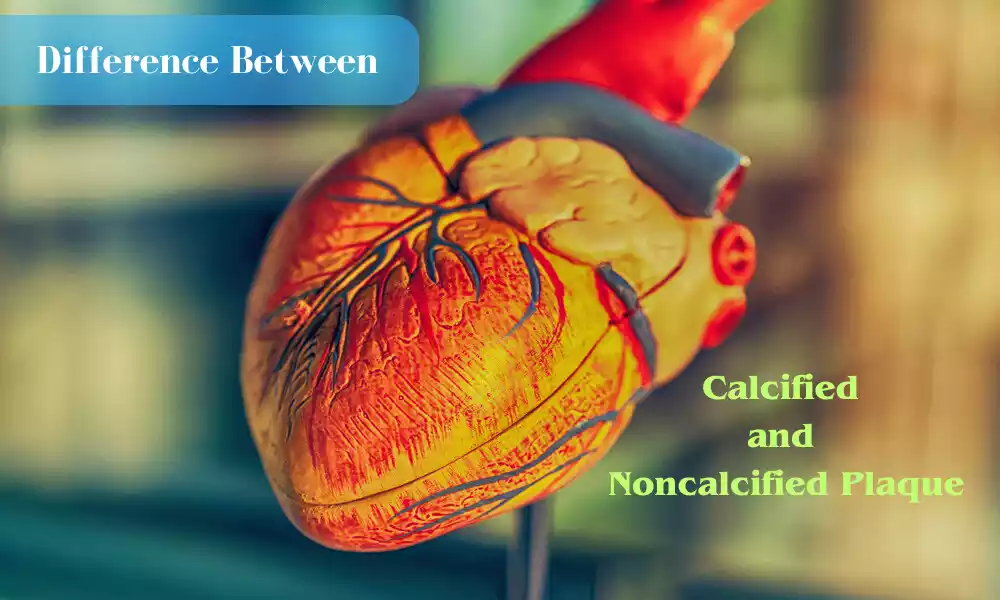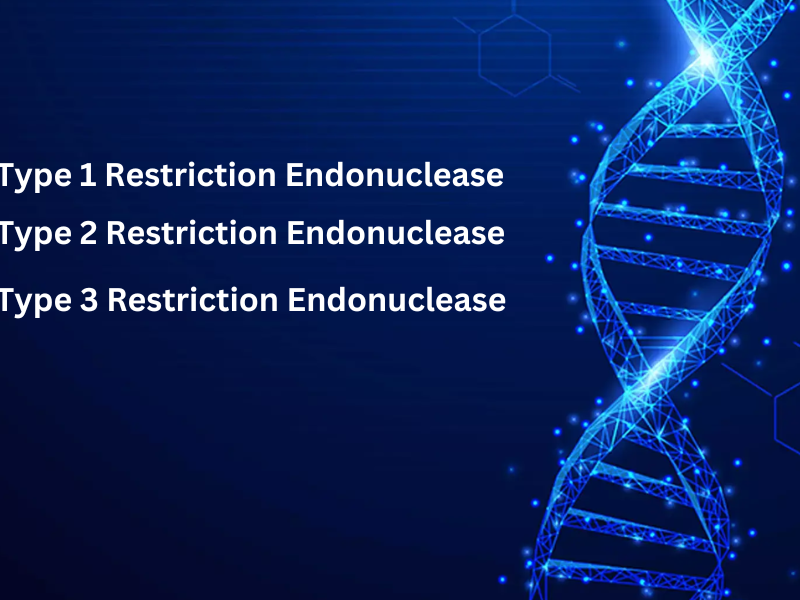Calcified and Noncalcified Plaque is distinguished by its lack of calcium. on the contrary, calcified is hard due to calcium build-up while noncalcified is soft due to an absence of this element. Atherosclerosis is a medical condition that results in the hardening or thickening of arteries due to plaque accumulation within their inner linings, hardening over time, and eventually hardening completely.
Causes for this condition include elevated levels of triglycerides and cholesterol as well as high blood pressure, obesity, diabetes, inactivity levels, and eating saturated fats. Plaques often comprise both types: calcified plaques and noncalcified plaques.
What is a Calcified Plaque?

Calcified plaque can be defined as hard deposits made up of calcium crystals that build up within blood vessels, potentially leading to atherosclerosis disease. Wax deposits result from deposits of fatty substances like cholesterol and waste material from cells as well as fibrin-clotting substances present in the blood, leading to plaque build-up in veins. Calcified plaques become harder, narrowing arteries further and restricting bloodflower through veins – thus increasing the risk for blood clots, heart attacks, and stroke.
Calcium is an indispensable mineral essential to building strong teeth and bones, while also contributing to other essential processes within our bodies. Most calcium is absorbed directly by bones and teeth for absorption into bone mineralization processes. Calcium dissolves into blood, and any remaining calcium enters our tissues through calcification processes. An imbalanced form of this may cause affected tissues to harden into stiff masses that become rigid over time.
Coronary calcium values provide an indicator as to whether calcium plaques exist. At all ages and stages of life, calcium scores of zero represent optimal conditions. Those scoring over 400 have significantly elevated risks for heart problems. Plaques that have yet to become calcified will show no score and give a false sense of security. So imaging studies must be undertaken to detect them.
What is a Noncalcified Plaque?

Noncalcified plaque is an invulnerable or soft plaque that lacks excess calcium deposits. Soft plaques could pose serious threats to both blood vessels and hearts, including heart attack, stroke, and cardiovascular disease. Uncalcified plaques could obstruct circulation to either the brain or heart and disrupt their functions if left untreated.
Studies have demonstrated that noncalcified plaques are far more prevalent than their heavily calcified counterparts, and may even have greater metabolic activity than their heavily calcified counterparts. They increase your risk for acute coronary syndromes. Studies have demonstrated that those with noncalcified plaques face an increased risk of coronary disease than those who possess mixed or calcified plaques. Noncalcified plaques may be identified with coronary computed-tomographic imaging.
Comparison table of Calcified and Noncalcified Plaque
Here’s a comparison table between calcified and noncalcified plaque:
| Aspect | Calcified Plaque | Noncalcified Plaque |
|---|---|---|
| Composition | Contains calcium deposits | Contains lipid-rich core, fibrous tissue, inflammatory cells |
| Appearance on Imaging | Appears bright on CT scans | Appears darker on CT scans, often not well-defined |
| Density | High density | Lower density |
| Stability | Generally more stable | Generally more prone to rupture and causing acute events |
| Risk of Events | Less likely to cause acute events | More likely to cause acute events like heart attacks |
| Progression | May progress over time | Can rapidly progress |
| Detection Methods | Visible on CT angiography, coronary artery calcium (CAC) score | Often detected using coronary CT angiography, intravascular ultrasound, or optical coherence tomography |
| Treatment and Management | Can indicate the presence of atherosclerosis, managed with lifestyle changes and medications | Requires more aggressive management due to higher risk, treatment includes lifestyle changes, medications, and potential interventions |
| Clinical Significance | Often associated with chronic coronary artery disease | Can indicate vulnerable plaque prone to rupture and cause acute events |
Similarities of Calcified and Noncalcified Plaque
-
- Noncalcified and Calcified Plaques (NCPC) are two forms of plaque formation in arteries.
- Both plaques and tartars are comprised of waxy substances comprised of fatty compounds, cholesterol, and waste products from cells as well as blood clotting substances like fibrin (blood clotting).
- They could increase your risk for blood clots, heart attacks stroke, and heart attacks.
- Imaging studies can easily help detect plaques in both cases.
- Lifestyle changes are one way of controlling this condition and managing plaque formation.
Epilogue
Atherosclerosis is an incurable cardiovascular condition caused by high levels of cholesterol, blood pressure, diabetes, and genetic influences that compromise an individual’s arteries over time. Atherosclerosis occurs as the result of plaque build-up on artery internal walls. Plaques may consist of noncalcified, calcified, or mixed types.
Hard and calcium-rich types have calcium in them while noncalcified types do not. The main characteristic is calcium deposits on hard plaque surfaces while soft ones don’t. Calcified plaque has been linked with lower risks of acute coronary syndromes than noncalcified plaque – this distinction defines noncalcified and calcified plaque respectively.



